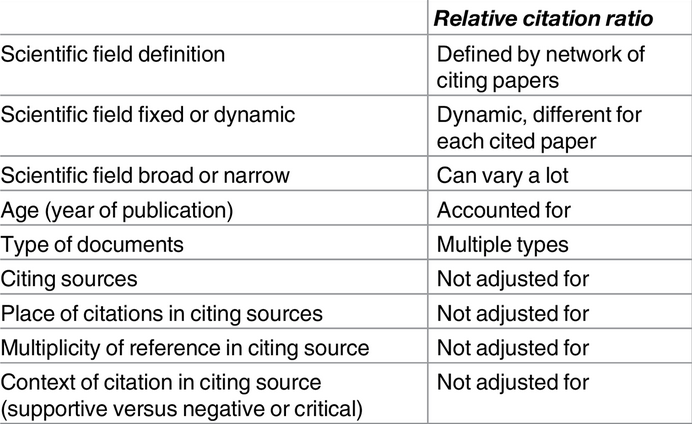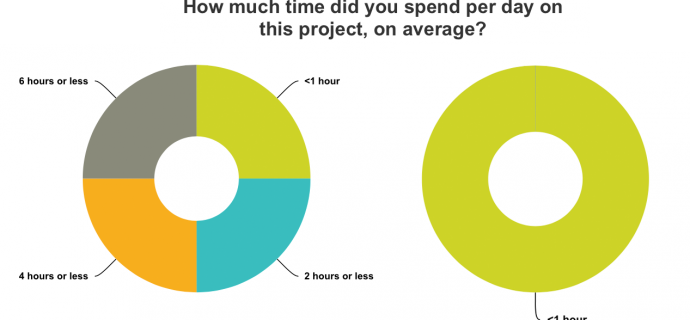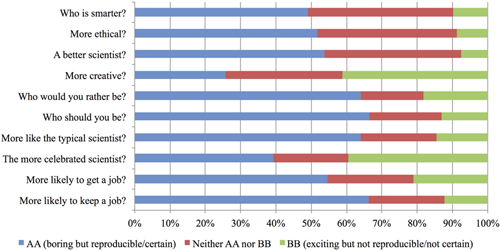A Primer on How (Not) to Normalize
Citation metrics are very influential and their normalization is a contentious issue. Each normalization approach has advantages and disadvantages that need to be understood for proper use of these metrics.

Send us a link
Citation metrics are very influential and their normalization is a contentious issue. Each normalization approach has advantages and disadvantages that need to be understood for proper use of these metrics.

In this Perspective, Thomas C. Südhof describes some of the current challenges to the peer review system that have endangered public acceptance of science and discusses possible avenues to addressing these challenges.

Badges that acknowledge open practices significantly increase sharing of reported data and materials, as well as subsequent accessibility, correctness, usability, and completeness.
Citation indicators addressing total impact, co-authorship, and author positions offer complementary insights about impact. This article shows that a composite score including six citation indicators identifies extremely influential scientists better than single indicators.
What does it take to get ordinary people to fund your science? This is the third in a series of posts that will explore the brave new world of scientific crowdfunding from the inside.

Reputational assessments of scientists were based more on how they pursue knowledge and respond to replication evidence, not whether the initial results were true.

In this massively data rich world, the equilibrium between information and knowledge has increasingly shifted from knowledge toward information. Advanced text and data mining (TDM) is not yet ubiquitous and even if it were, not all content is structured enough to leverage TDM potential. In developing the supercomputer Watson with the ability to process, analyze and extract information from natural language such as PLOS article text, IBM is beginning to shift the equilibrium back to knowledge. Understanding Relationships PLOS and IBM Watson are collaborating to bring quality Open Access biomedical literature to healthcare entrepreneurs and innovators, and to do so in a way that provides full article content and context including PubMed citation information from the National Library of Medicine. The collaboration is “not just about PLOS or Open Access,” says PLOS Chief Technology Officer CJ Rayhill, “it’s about improved healthcare through immediate access to relevant clinical,

On transparency in the process of grant review.
On the legitimacy of Peer Review and transparency policies at funding agencies.
As appeals for public access of research data continue to proliferate, many scholarly publishers-alongside funders, institutions, and libraries-are expanding their role to address this need.
An increasing number of publishers and funding agencies require public data archiving (PDA) in open-access databases. PDA has obvious group benefits for the scientific community, but many researchers are reluctant to share their data publicly because of real or perceived individual costs.
Building the Models and Analytics for an Open Access Future.
In this essay, we describe why article-level metrics are an important extension of traditional citation-based journal metrics and provide a number of example from Article-level metrics data collected for PLOS Biology.
It's been just over a decade since the concept of Open Access first captured the attention of the scientific and scholarly research community.
This issue on Open Access marks the 10-year anniversary of PLOS Biology, and it's as good a time as any to pause and take stock of how the last decade.